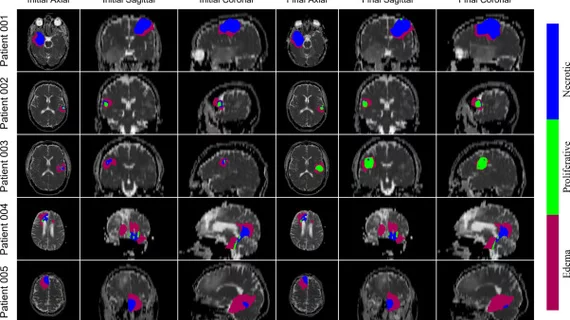Deep learning helps experts take advantage of 'rare' chance to study deadly tumor progression
Researchers were recently given a rare opportunity to test the efficacy of machine learning in predicting how deadly brain tumors progress.
Researchers from the University of Waterloo and the University of Toronto are collaborating to better understand how glioblastoma multiforme (GBM) advances when it is not treated. The team has been using data from MRI scans of GBM patients who have decided to forego treatment to develop a deep learning model that can predict disease progression based on patient-specific tumor characteristics.
GBM is a deadly form of cancer with a survival rate of only one year on average. Growth of these tumors is typically measured via the proliferation-invasion (PI) model, which relies on the parameters of tumor cell diffusivity and proliferation rate. However, these parameters make it challenging to understand patient-specific tumor behavior, according to the researchers.
“In spite of continuous advancements in our understanding of the biology of GBMs and in the imaging techniques used to observe them, their full extent is often inaccurately assessed by state-of-the-art imaging: many studies have noted that their growth and invasion tend to be underestimated,” lead researcher Cameron Meaney, of the Department of Applied Mathematics at the University of Waterloo in Canada, and co-authors explained.
For the study, GBM patients underwent a series of advanced baseline MRI exams, which were repeated after several months had passed.
Using this MRI data, the model has been able to produce patient-specific parameter estimates that can predict how a tumor will progress when left untreated. The same method was applied to synthetic tumors with known parameters in order to validate the model.
Thus far, due to the nature of these tumors and the short life expectancy that accompanies them, the model’s application has been limited to just a hand full of patients, but researchers are optimistic that their rare opportunity will advance the study of GBM progression nonetheless.
The next phase of their research will explore the model’s utility in tumors that are subject to treatments.
The study was published in the Journal of Theoretical Biology.

